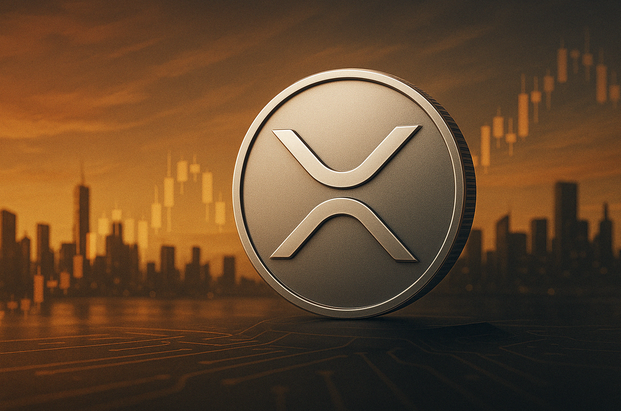TLDR
- Matt Hamilton explains that XRP’s higher valuation is due to its role as the native asset of the XRP Ledger.
- Hamilton argues that Chainlink’s protocol has a more limited function compared to XRP’s full blockchain network.
- Dave Weisberger challenges the valuation gap, citing Chainlink’s partnership with Swift and its revenue-sharing model.
- Weisberger questions why LINK’s market cap is significantly lower despite its real-world partnerships and token holder benefits.
- WrathofKahneman defends XRP’s minimal burn rate and argues that a higher price would actually make it more efficient.
A recent debate has resurfaced about the market valuation gap between XRP and Chainlink (LINK). While both assets have strong use cases, former Ripple director Matt Hamilton believes comparisons between them are misguided. He argues that XRP’s much larger valuation is justified by the unique role it plays within the XRP Ledger, a full blockchain network. In contrast, LINK serves as a protocol, where its token plays a more limited function. This difference explains why XRP commands a significantly higher market value than LINK.
Hamilton Responds to Claims About XRP’s Valuation
Matt Hamilton, former director at Ripple, rejected the argument that Chainlink’s partnership with Swift should lead to a higher valuation for LINK. He stressed that XRP’s market cap reflects its role as the native asset of the XRP Ledger.
“XRP is part of an entire blockchain ecosystem, which gives it intrinsic value,” Hamilton explained.
Chainlink, on the other hand, only functions as a protocol, with its token having a more limited use. While LINK plays a critical role in connecting smart contracts to real-world data, it does not operate a full blockchain system like XRP. As Hamilton noted, comparing the two is “apples and oranges.”
XRP supporters have backed Hamilton’s viewpoint, clarifying that LINK’s role is more akin to a platform like LinkedIn, while XRP functions as a currency within its own operating system. These distinctions are particularly important when considering the market capitalization differences between the two assets.
Weisberger Argues LINK Should Be Worth More
Dave Weisberger, former chairman of Coinroutes, has challenged Hamilton’s explanation. He argued that Chainlink’s partnership with Swift, alongside its revenue-sharing model with token holders, presents a strong case for a higher valuation. Weisberger pointed out that LINK’s value proposition is not reflected in its current market cap.
The burn rate is insignificant. A higher value improves its efficiency as a bearer instrument for settlement. The fee increase is both changeable and minute.
— WrathofKahneman (@WKahneman) September 29, 2025
According to Weisberger, Chainlink’s ability to generate revenue and share it with its token holders makes it an attractive investment. He questioned why XRP, which doesn’t have a direct revenue-sharing mechanism, remains valued over ten times higher than LINK.
“Chainlink has a real-world partnership with Swift, which confirms the value of blockchain in finance,” Weisberger said.
Despite Weisberger’s arguments, Hamilton remained firm on his position, emphasizing the fundamental differences between XRP and LINK. He suggested that LINK’s valuation might grow as its protocol sees more widespread adoption but argued it would not surpass XRP’s valuation without a similar blockchain system.
XRP’s price also derives from its scarcity and low transaction burn, making it an efficient settlement asset. Hamilton and other XRP advocates argue that the token’s price will not diminish its utility in cross-border payments. Despite concerns about its price rising too high, experts note that the network’s minimal transaction fees will keep XRP affordable.
WrathofKahneman, a well-known figure in the XRP community, refuted the claim that XRP’s burn rate has any significant impact on its value. He argued that XRP’s burn rate is minimal and should not be a concern for its future price. According to Kahneman, a higher price for XRP could actually make it more efficient as a settlement asset.






